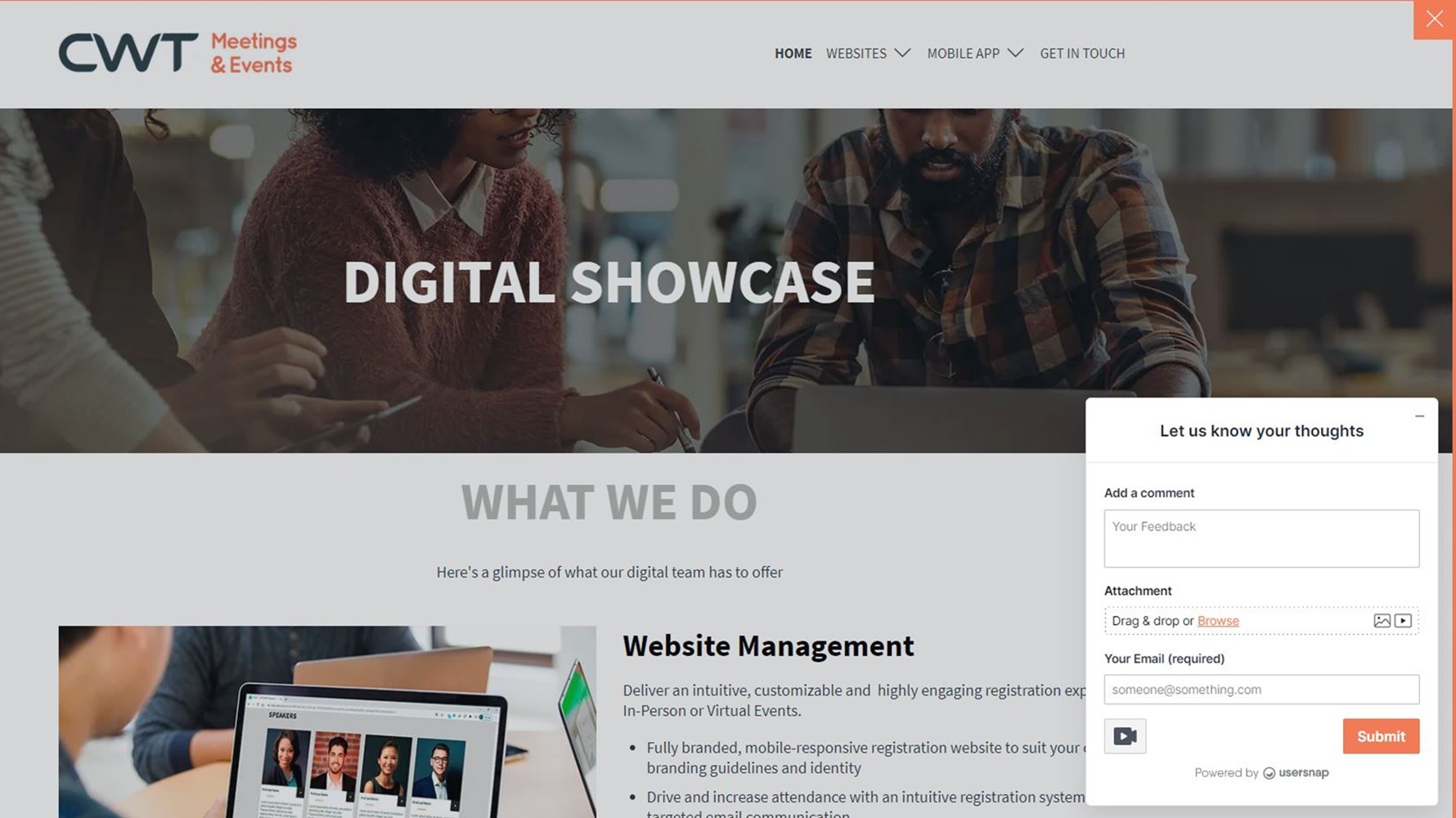The meetings & events industry has been completely reshaped in the past couple of years. During the pandemic, most companies invested in expensive subscriptions to virtual technology platforms to accommodate events that they tried to manage themselves.
There was a myriad of technological solutions to navigate, and at the beginning the experience was poor, and expensive compounded by issues with little understanding of the technical capabilities, cameras, sound and firewalls. This negative experience created a lasting and doubtful relationship to the virtual alternative.
For those who allowed professional support along the way, the transformation to using virtual technology was a lot smoother. Today about 30-40% of our clients include virtual technology in their programs, either as part of their business continuity plans, as a back-up for important events, a or as a natural step in their evolution towards a more sustainable Meetings & Events program.
Meeting planners are famous for their logistics expertise and ability to multitask. Still, they had to adapt and expand their skillset extensively with the arrival of virtual technology. Here are 3 important lessons to learn for meeting planners in a significantly digitized world.
1. Know your audience
We all agree that content is the most important part of an event. When an event switches from in-person to hybrid or virtual, things need to adjust. That starts with setting a clear objective, to really understand your audience, and to follow through. Which narratives will you use, the pace and timing, what data you will use to measure; these are all important to think through to set you up for maximal engagement.
There is a need for a new breed of planners; people that are comfortable with technology, broadcasting, and audiovisual production companies. They need the same multitasking skills, but also bravery when it comes to switchboards and cameras. Finally, they need to be able to guide speakers and participants through a new environment that may be unfamiliar to clients and attendees alike. The use of an event host (Emcee) is very often a great investment.
2. Follow the lead of your attendees
We have entered an era in which attendees can decide on their own agenda and decide accordingly how they want to attend an event. Sometimes it will make sense for them to attend in person and to join virtually on other occasions.
Meeting planners must create an environment that allows all attendees to collaborate and engage, whether they are joining in person or connecting virtually. If you are not confident that you will convey your message effectively when people dial in instead of joining face-to -face, choose an in-person event rather than virtual or even hybrid.
3. Measure wisely
Data is instrumental to measure the return on investment (ROI) of your meeting or event. Meeting planners need to address what data will be measured immediately at the beginning of a project. After setting a clear event objective, find the environment, location and venue that will support this objective. The next step is to invite the right audience who will bring value, contributions and benefit from the meeting or event. Lastly and most importantly, establish how to measure the outcome.
Virtual technology has a real advantage in collecting data points at each step of the project. Data can be captured in the invitation and registration process; logins, clicks, downloads, interactions, comments, or time spent on certain topics that all contribute to an effective outcome.
Visit CWT Meetings & Events




